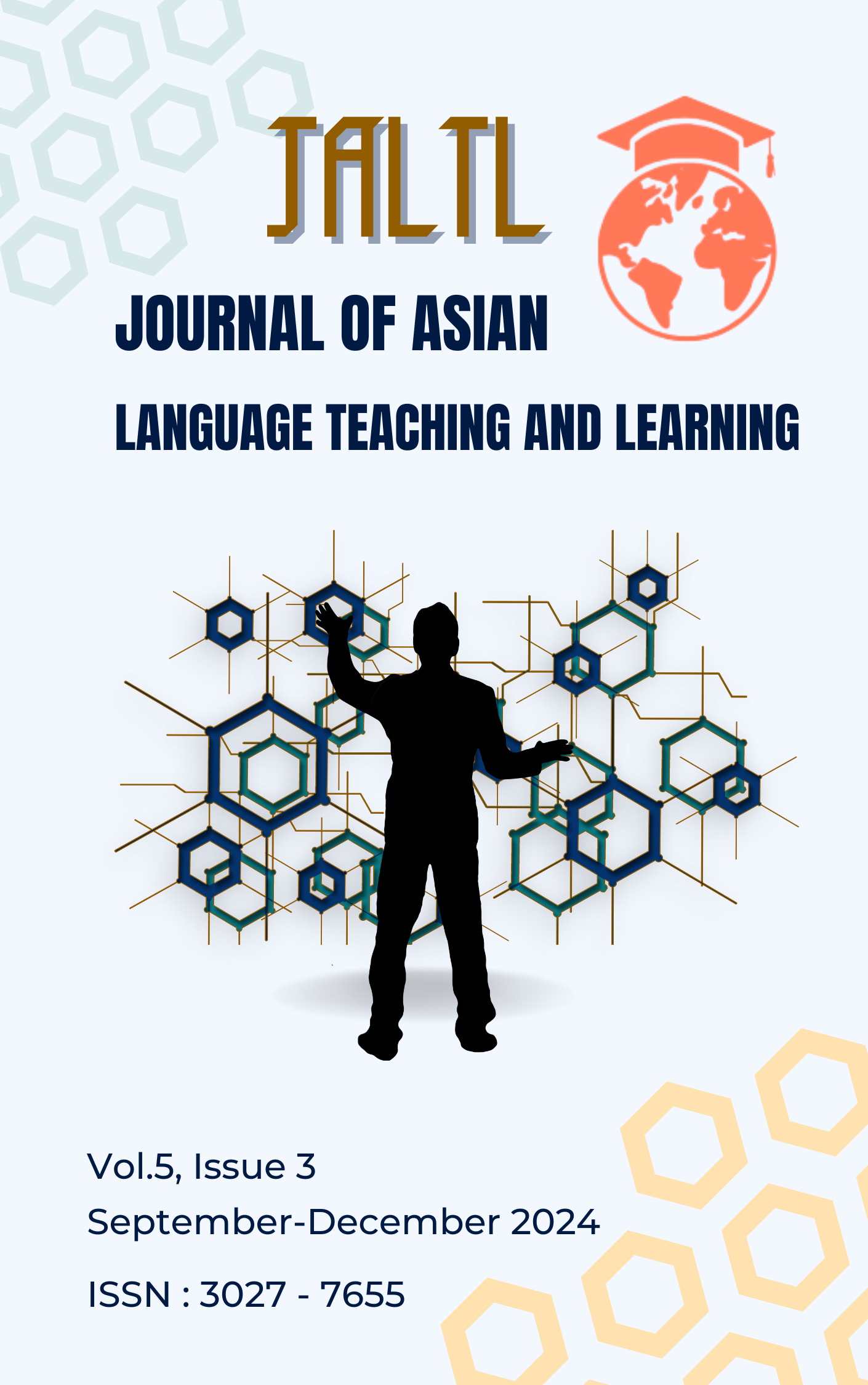The Effect of the Science, Technology, and Society (STS) Approach Supplemented with the Think-Pair-Share Technique on Grade 6 Students' Competency in Evaluating and Designing Scientific Inquiry Related to the Separation of Substances
Main Article Content
Abstract
The purposes of this research were to study and compare Grade 6 students' competency in evaluating and designing scientific enquiry for substance separation before and after learning through Science, Technology and Society (STS) approach supplemented with Think-Pair-Share technique. The participants comprised six Grade 6 students enrolled in the first semester of the 2024 academic year at a small-sized primary school under the Udon Thani Primary Educational Service Area Office 1. The participants were selected through purposive sampling. This study employed a one-group pretest-posttest research design. The instruments used in this research were: 5 lesson plans, and 20 test items addressing 4-typed questions scientifically through: 1) Identifying the question explored in a given scientific study; 2) Distinguishing questions that are possible to investigate scientifically; 3) proposing a way of exploring a given question scientifically; 4) evaluating ways of exploring a given question scientifically. The data were analyzed using descriptive statistics, including means, standard deviations, percentages, and frequencies. The findings of the study showed the students’ competency of evaluating and designing scientific enquiry after learning ( = 27.67, S.D. = 8.64) was higher than before learning ( = 20.83, S.D. = 5.60) by the overall and all four components. In addition, students tended to have positive development in evaluating and designing scientific inquiry processes from the first to the fifth lessons.
Article Details

This work is licensed under a Creative Commons Attribution-NonCommercial-NoDerivatives 4.0 International License.
References
Aiemphaya, K., et al. (2021). Management of education in globalization. Journal of Educational Review Faculty of Educational in MCU, 8(1), 352–360.
Carin, A. (1997). Teaching modern science (7th ed.). Prentice-Hall, Inc.
Inchai, P. (2022). Competencies of teachers in the VUCA world at the 2022 academic conference on quality science, mathematics, and technology schools according to IPST standards. Retrieved September 15, 2023 from: https://www.ipst.ac.th/news/
Lyman, F. T. (1987). Think–pair–share: An expanding teaching technique. MAA-CIE Cooperative News, 1(1), 1–2.
Ngaoboonmar, K. (2022). The development of analytical thinking skills through active learning by think-pair-share on electric circuit at the primary school level. Journal of Education Burapha University, 33(2), 90–102.
Noythisong, T. (2021). Development of problem-solving ability and science learning achievement using science, technology, and society in the topic of electric circuit for Rajanagarindra University in Chachoengsao Province. MBU Educational Journal: Faculty of Education Mahamakut Buddhist University, 10(1), 75–88.
Nuangchalerm, P. (2015). Objective of the 21st century teaching and learning in science. Journal of Education Mahasarakham University, 9(4), 7–14.
Pertiwi, M. G. I. (2022). Pengaruh model pembelajaran science technology society berbasis multiple representation-semiotic resources materi pencemaran lingkungan di SMP. SCIENING: Science Learning Journal, 3(2), 64–70.
Piaget, J. (1964). Part I: Cognitive development in children: Piaget development and learning. Journal of Research in Science Teaching, 2(3), 176–186.
Pilalom, L. (2020). Understanding of the separation of substance concept and problem-solving ability of grade 8 students through learning management science, technology, and society approach supplemented with the predict-observe-explain technique(Master's thesis). Udon Thani Rajabhat University.
Pisa Thailand. (2023). Press conference on PISA 2022 assessment results. Retrieved September 15, 2024 from: https://pisathailand.ipst.ac.th/news-21/
Rangabtook, W. (2020). Thai learners’ key competencies in a VUCA world. Journal of Teacher Professional Development, 1(1), 8–18.
Rehman, A. U. (2021). Effect of Think-Pair-Share teaching strategy on understanding the concept of science in students at elementary level. Harf-o-Sukhan, 5(3), 333–345.
Reunkampang, M. (2022). Science communication ability of grade 8 students learning through think-pair-share activity. Panya, 29(1), 85–97.
The Institute for the Promotion of Teaching Science and Technology (IPST). (2017). PISA 2015 framework. The Institute for the Promotion of Teaching Science and Technology (IPST).
Vygotsky, L. S. (1971). Psychology of art. MIT Press.
Yager, R. E. (1992). Status study of graduate Science-Technology-Society reform efforts around the world. State University of New York Press.
Yutakom, N. (1999). Science, technology and society - STS model. Journal of Educational Review Faculty of Educational in MCU, 14(13), 29–48.


